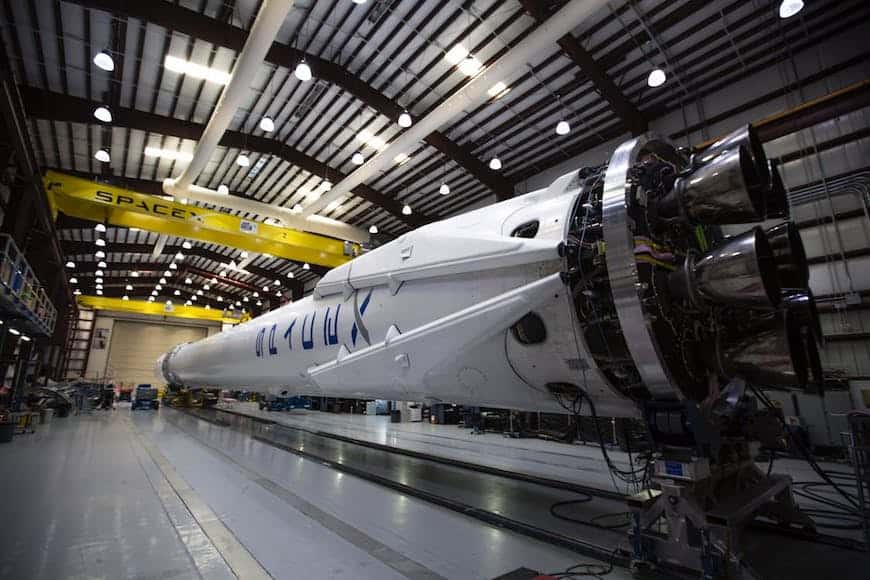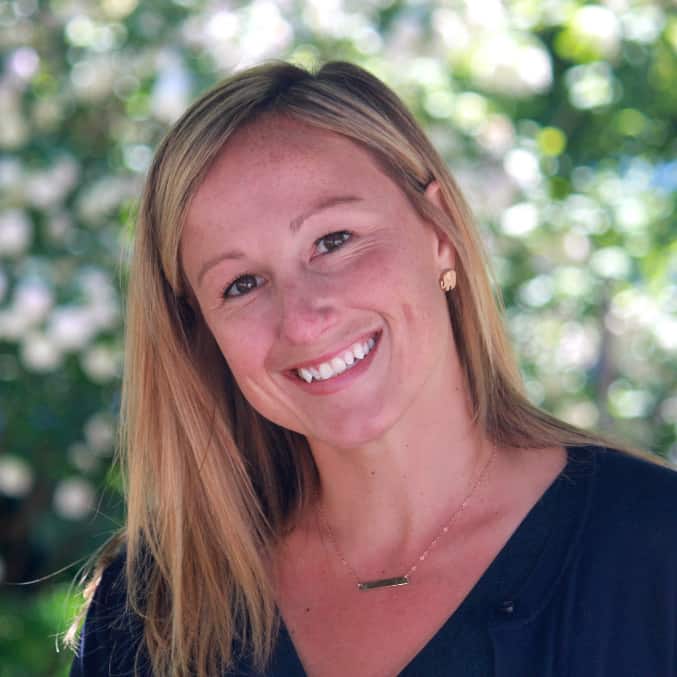What Educators Can Learn from SpaceX

To cut to the chase, educators have much to learn from SpaceX.
I had the opportunity to tour SpaceX, a company that “designs, manufactures and launches advanced rockets and spacecrafts,” and as I explored the grounds, the following idea kept entering my mind:
Students—ALL students—deserve, need and want to work on real-world challenges and complex problems.
I saw employees working to create the world’s next solutions to life beyond planet Earth. That experience made it incredibly evident that if we talk about preparing students to lead our future world, we need more SpaceX-esque learning experiences for students today.
I found myself thinking about K-20 classroom educators. What are the learning environments and experiences K-20 educators created (or should’ve created) that got these employees to where they are now? Don’t we want all students to feel ready for highly engaging and challenging workplaces where they daily apply themselves to work on integrated projects that are world-changing?
Three Takeaways for Educators
As Dr. Philip Hickman, Superintendent of Columbus Municipal School District in Mississippi, would say, “The world doesn’t have time to wait and neither do our students.” Here are three takeaways for educators that I have developed after ruminating on the above thoughts for some time:
1) Ask students to work on problems they can’t solve in a day (or even several months). Imagine knowing you had the next SpaceX rocket developer in your class—you very well may already. How would that shift what learning experiences you provide students? All students need and deserve the opportunity to grapple with problems that aren’t easy, linear or even truly ‘answerable’. Often, advanced challenges or concepts are reserved for those in advanced placement classes or as extension projects. This is a trend that needs to be broken. Foundational concepts can and should be embedded into big concepts that allow all students to explore, investigate and problem solve. The brain thrives when we feed it challenging work, and this goes for students, too.
2) Facilitate learning experiences around big world challenges and future needs. Start these experiences with “what-ifs” and “imagine a world that…”. Sure, students need to build and develop relevant competencies so they then feel empowered and confident to take on novel problems and “what-ifs”, but it is important to think about the percentage of time they are getting to work on big challenges.
3) Get students inspired and then get out of the way. If you aren’t excited about what goes on in your classroom, your students certainly won’t be either. Educators like John Hardison know high student engagement is possible when you are excited and inspired yourself about learning, and that you need to find ways to let students explore and run with their own curiosities. Think about it… the idea for starting SpaceX didn’t come from a teacher telling founder Elon Musk that he should invest and spend his time trying to go to Mars. He got inspired (I’d love to hear that story) and got started.

Schools across the country are embracing these ideas. We have seen everything from kindergarten students working on complex problems and considering who they are as human beings in this world, all the way to college students tackling engineering problems to help create real-world solutions to help address global issues.
Whether you are a science, language or mathematics educator, these takeaways apply. Let’s use language as an example. Couldn’t students engage in conversation (in the target language) about what language or languages would be valuable for future inhabitants to use on Mars? Or could they work to unpack what makes up language and how we can break down barriers (globally or domestically) through communication?
If you choose to employ these ideas through projects, place-based ed experiences or an online program, these three takeaways still apply. So my charge to you is to get started, get started somewhere. Whether it is by exploring companies like SpaceX to inspire yourself or by rethinking a unit you normally do to include more complex problems and tasks for students to try and tackle. As Pema Chödrön says in her book The Pocket, “just where you are – that’s the place to start.”
For more, see:
- On Becoming an Idea Machine
- How Smart Transportation will Transform Cities
- On Balancing Improvement & Innovation
- Developing an Innovation Mindset
Stay in-the-know with all things EdTech and innovations in learning by signing up to receive the weekly Smart Update.







0 Comments
Leave a Comment
Your email address will not be published. All fields are required.